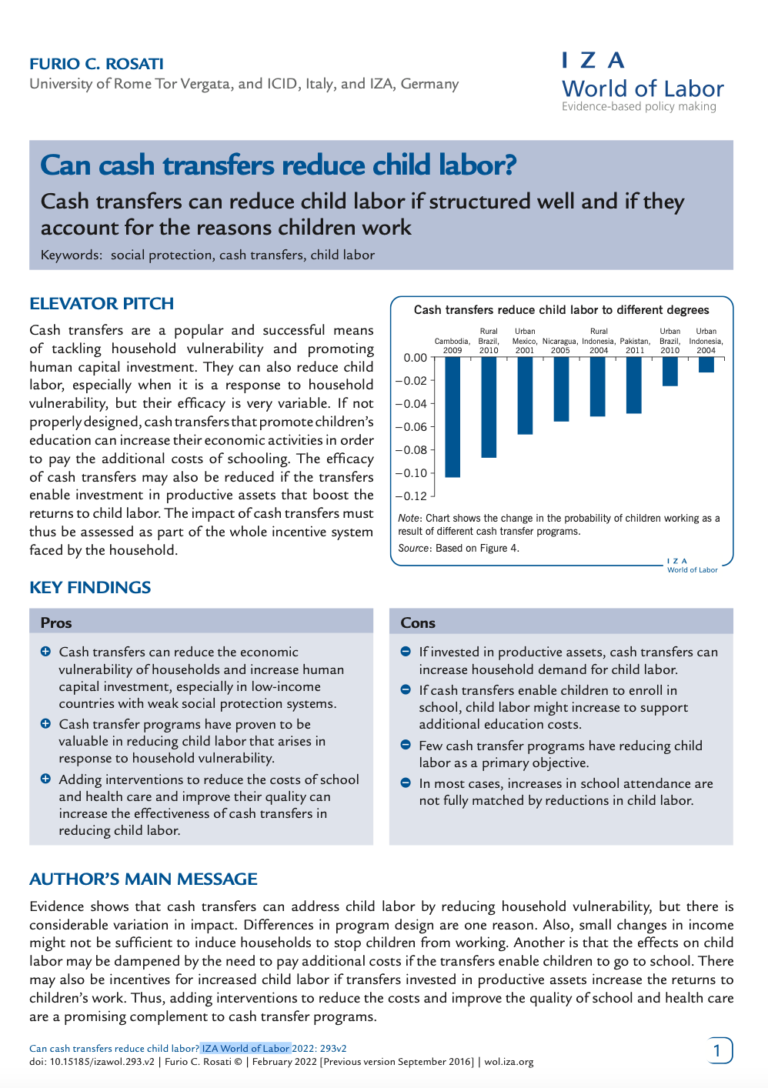Children’s experiences of online sexual exploitation and abuse in 12 countries in Eastern and Southern Africa and Southeast Asia
GuidanceFor more than two decades, we have used the internet to connect with family and friends worldwide. Internet usage was already increasing year-over-year, and the tools we use to connect have been rapidly evolving – but then we were hit by...Read More

